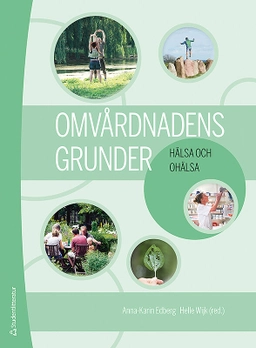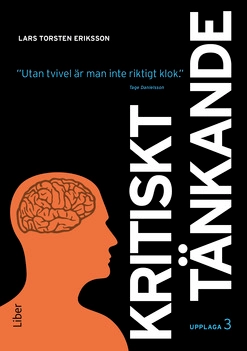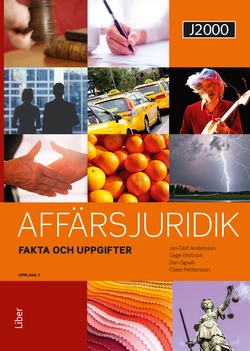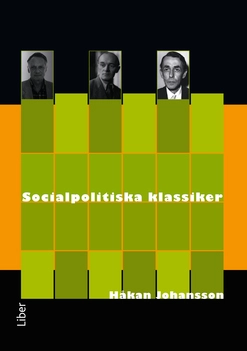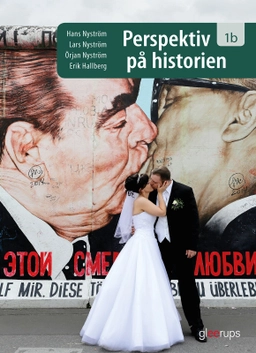‘There is no alternative to postmetaphysical thinking’: this statement, made by Jürgen Habermas in 1988, has lost none of its relevance. Postmetaphysical thinking is, in the first place, the historical answer to the crisis of metaphysics following Hegel, when the central metaphysical figures of thought began to totter under the pressure exerted by social developments and by developments within science. As a result, philosophy’s epistemological privilege was shaken to its core, its basic concepts were de-transcendentalized, and the primacy of theory over practice was opened to question. For good reasons, philosophy ‘lost its extraordinary status’, but as a result it also courted new problems. In Postmetaphysical Thinking II, the sequel to the 1988 volume that bears the same title (English translation, Polity 1992), Habermas addresses some of these problems.
The first section of the book deals with the shift in perspective from metaphysical worldviews to the lifeworld, the unarticulated meanings and assumptions that accompany everyday thought and action in the mode of ‘background knowledge’. Habermas analyses the lifeworld as a ‘space of reasons’ – even where language is not (yet) involved, such as, for example, in gestural communication and rituals. In the second section, the uneasy relationship between religion and postmetaphysical thinking takes centre stage. Habermas picks up where he left off in 1988, when he made the far-sighted observation that ‘philosophy, even in its postmetaphysical form, will be able neither to replace nor to repress religion’, and explores philosophy’s new-found interest in religion, among other topics. The final section includes essays on the role of religion in the political context of a post-secular, liberal society.
This volume will be of great interest to students and scholars in philosophy, religion and the social sciences and humanities generally.
Åtkomstkoder och digitalt tilläggsmaterial garanteras inte med begagnade böcker




